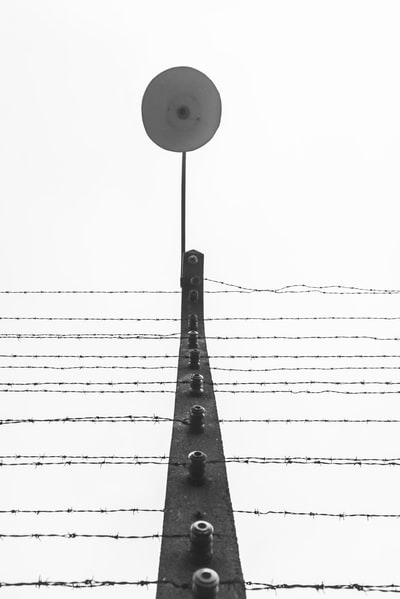The Treaty of Versailles
If you haven’t read our guide to the Treaty of Versailles yet, have a look at it now. It gives full details of all the punishments handed out to Germany.

The problem for the Weimar Government, coming just a few months after it had been set up, was that in the eyes of people who had supported the Kaiser and/or who thought Germany should have continued fighting the War, the Weimar Republic was responsible for the Treaty of Versailles.
The Nazis in the 1920
The Early Days of the Nazi Party

The Party was founded by a man called Anton Drexler. He was a nationalist who hated communism. He wanted to create a movement that would make nationalism more attractive for ordinary workers and so turn them against communism. The party was very small. When Adolf Hitler joined it in 1919, he was given the membership number 555, but in reality he was member number 55; they simply added 500 on to make the party appear bigger.
The Party begins to Grow
Hitler took on more responsibility in the party in 1920, when he was put in charge of its propaganda. He found he had a talent for speaking in front of crowds, and started to organize party rallies. One rally in 1920 attracted 2000 people, indicating that the movement was gaining strength. But this didn’t make everyone in the Party happy; some wanted it to remain an elite, underground group rather than a mass movement.
From 1920, the Party had a Twenty-Five Point Plan. Here are its main ideas:
* The unification of all Germans into one country
* Abolition of the Treaty of Versailles
* New territory for German people (think Lebensraum, as described in our coverage of Hitler’s foreign policy)
* Laws to ensure German people have a superior status, and laws to ban Jews from being German citizens
* A strong government
* Nationalisation of industries and punishments for people who took advantage of the War to make a profit
* Help for small businesses and farmers, and benefits for Germans such as better health and education systems and better pensions.
* Jobs for Germans that give them a good standard of living.
Basically the 25 points were grounded in the ideas that Germans were a superior race; steps needed to be taken to make Germany be a strong country with plenty of land; there were groups in society such as Jews and Communists who were trying to destroy Germany. The manifesto was anti-communist, anti-semitic, anti-capitalist, racist and nationalist.
Its message was designed to appeal to people who held nationalist beliefs and who felt that they deserved better wages and public services.
Drexler saw Hitler’s potential to make the movement much more popular, and made him Chairman of the Party in July 1921. In line with the Party’s belief in a strong government, Hitler was given the role of Fhrer (leader) and a lot of control over how the party operated.
